Introduction
Enoki mushrooms, scientifically known as Flammulina velutipes, are a delicate and popular culinary ingredient renowned for their long, thin stems and delicate white caps. Their mild flavor and tender texture make them a versatile addition to various dishes, from stir-fries and soups to salads and sushi. However, like any other perishable food, enoki mushrooms can spoil if not stored properly or left for too long. Understanding how to determine if enoki mushrooms are spoiled is crucial to avoid food poisoning and ensure the best quality and taste in your meals. This article will provide comprehensive guidelines on identifying the signs of spoilage in enoki mushrooms, along with tips on proper storage and handling to extend their shelf life.
Understanding Enoki Mushroom Shelf Life
Before diving into the signs of spoilage, it’s essential to understand the typical shelf life of enoki mushrooms. Fresh enoki mushrooms, when purchased from a reputable source and stored correctly, can last anywhere from three to seven days in the refrigerator. This timeframe can vary depending on factors such as the initial freshness of the mushrooms, packaging, and storage conditions.
Proper storage involves placing the mushrooms in a paper bag or an airtight container lined with paper towels to absorb excess moisture. Avoid using plastic bags directly as they can trap moisture, leading to faster spoilage. Additionally, ensure the mushrooms are kept in the crisper drawer of your refrigerator, where humidity is controlled and temperatures are consistent.
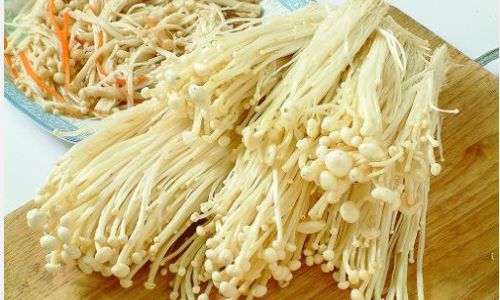
Signs of Spoilage: Visual Inspection
-
Discoloration
Fresh enoki mushrooms have a pristine white appearance, with stems that may have a slight beige tint. If you notice dark spots, mold, or a significant change in color, it’s a sign that the mushrooms are starting to spoil. Discoloration can indicate the growth of bacteria or fungi that are not safe to consume. -
Sliminess
Touch is another critical sense when assessing the freshness of enoki mushrooms. Fresh mushrooms should feel dry and firm to the touch. If they feel slimy or tacky, this is a clear indication of spoilage. Sliminess is often caused by the breakdown of cellular structures due to bacterial activity, making the mushrooms unsafe to eat. -
Shrinkage and Wrinkling
Over time, as mushrooms lose moisture, they may begin to shrink and develop wrinkles. While slight shrinkage is normal, excessive drying out and wrinkling are signs that the mushrooms are past their prime. While dried-out mushrooms might not pose an immediate health risk, their texture and flavor will be compromised. -
Softness and Mushiness
Fresh enoki mushrooms should have a firm, slightly crisp texture. If they feel soft or mushy, especially near the base of the stems, it’s a sign that they are spoiling. Softness can indicate internal decay, which can harbor harmful bacteria.
Signs of Spoilage: Olfactory and Gustatory Indicators

-
Off Odors
Fresh enoki mushrooms have a subtle, earthy aroma. As they spoil, they may develop an unpleasant, musty, or sour smell. This change in odor is caused by the breakdown of organic compounds and the growth of microorganisms. If you notice any unusual smells, it’s best to discard the mushrooms. -
Bitter or Sour Taste
While taste is not always the first indicator of spoilage (especially if the mushrooms look and smell okay), it can confirm suspicions. Fresh enoki mushrooms have a mild, slightly sweet flavor. If they taste bitter, sour, or off, it’s a clear sign that they have spoiled and should not be consumed.
Advanced Indicators: Mold Growth and Mycelium
In some cases, the signs of spoilage may not be immediately obvious, particularly if the mushrooms are stored in poor conditions. Advanced stages of spoilage may involve the growth of mold or mycelium (the vegetative part of a fungus, composed of a mass of branching, thread-like hyphae).
-
Mold Growth: Mold on enoki mushrooms appears as colorful spots or patches, typically green, blue, black, or gray. Any visible mold indicates that the mushrooms have been contaminated with spores that can produce toxins harmful to humans. Even if the mold is only present on a small part of the mushrooms, it’s advisable to discard the entire batch as mold spores can spread quickly.
-
Mycelium Development: Under certain conditions, enoki mushrooms may develop a dense, white, cottony growth on their surface or in the packaging. This is mycelium, the vegetative growth of the mushroom fungus. While mycelium itself is not necessarily harmful, its presence often indicates that the mushrooms are past their prime and may soon develop mold or other signs of spoilage.
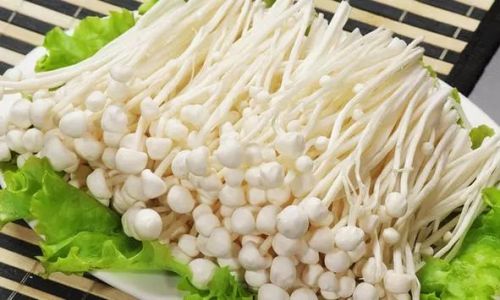
Conclusion: Preventing Spoilage and Ensuring Safety
To maximize the shelf life of enoki mushrooms and minimize the risk of spoilage, follow these best practices:
- Prompt Refrigeration: Store fresh enoki mushrooms in the refrigerator immediately after purchase.
- Proper Storage: Use paper bags or airtight containers lined with paper towels to maintain moisture levels.
- Inspection Before Use: Always inspect mushrooms visually, by touch, and by smell before using them in cooking.
- Consumption Within Shelf Life: Use enoki mushrooms within their recommended shelf life to ensure optimal freshness and safety.
- Disposal of Spoiled Mushrooms: If you notice any signs of spoilage, discard the mushrooms immediately to prevent food poisoning and maintain kitchen hygiene.
By understanding the signs of spoilage and adhering to proper storage practices, you can enjoy the delicate flavor and texture of enoki mushrooms while safeguarding your health. Remember, when it comes to food safety, it’s always better to err on the side of caution and discard any mushrooms that show signs of spoilage.

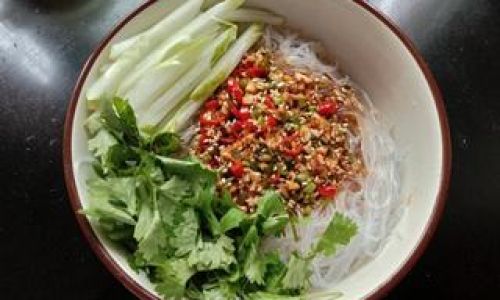
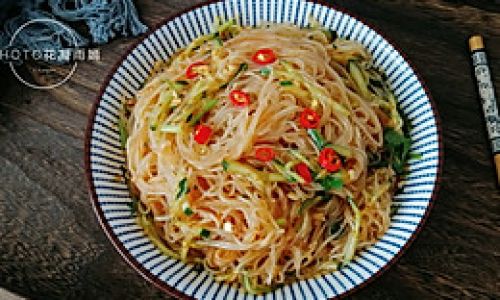
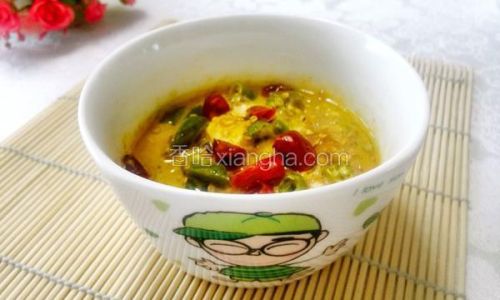
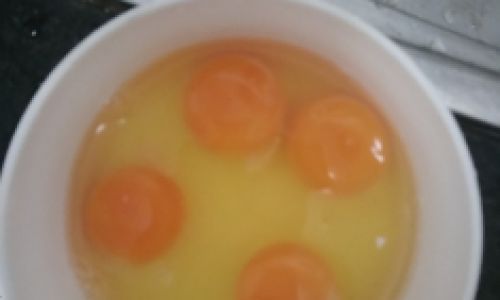
0 comments